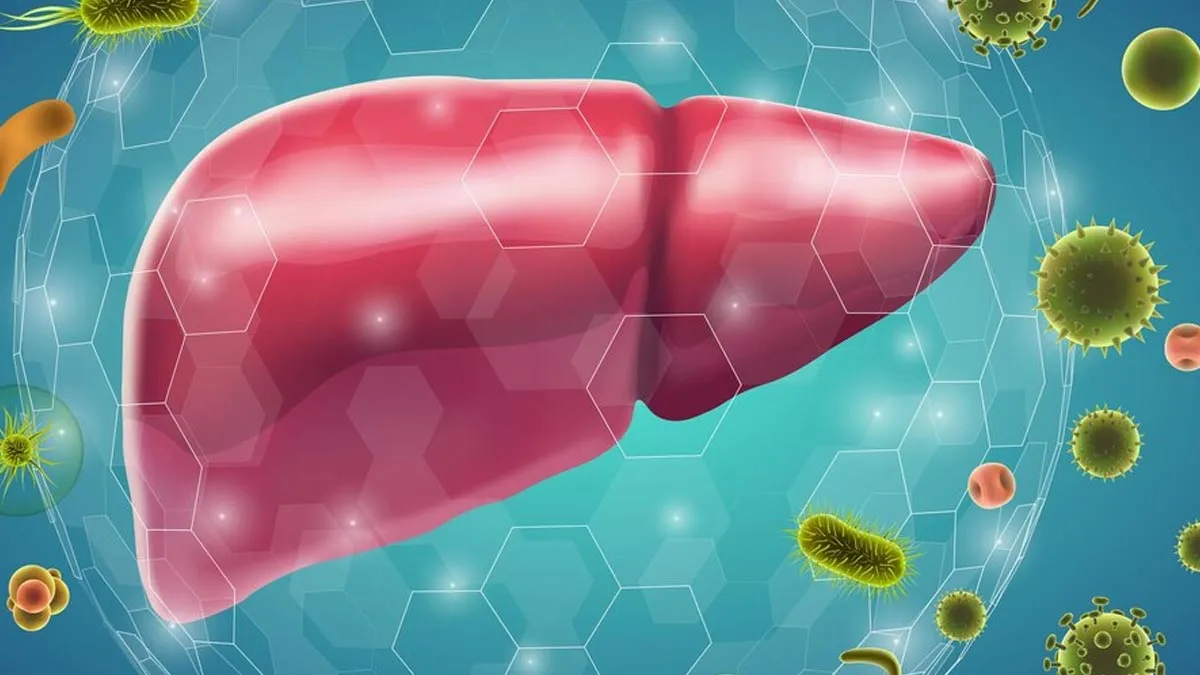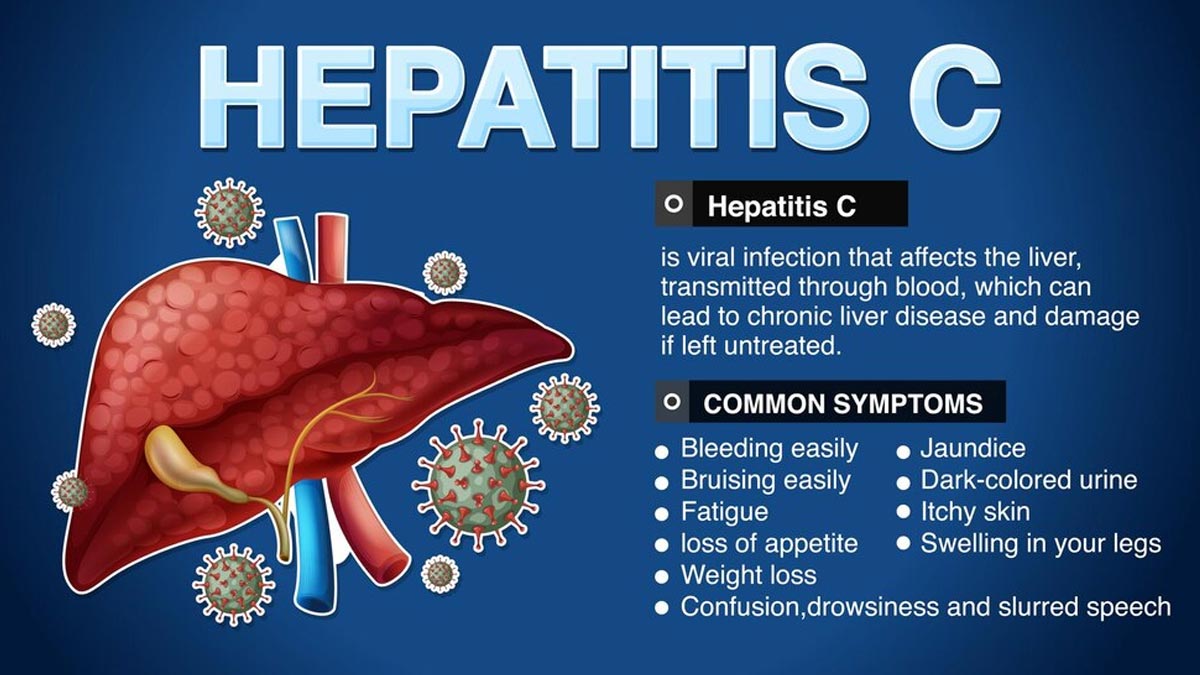
In the world of viral hepatitis, Hepatitis B (HBV) and Hepatitis C (HCV) are usually at the centre of attention. Although both are viral infections that primarily affect the liver, causing inflammation and potential long-term damage, they differ significantly in terms of characteristics, transmission, and treatment. It is essential to recognise these differences for successful prevention, diagnosis, and treatment. On the occasion of World Hepatitis Day 2025 (28th July), we got in touch with our expert, Dr Bhumesh Tyagi, Consultant, General Medicine and Physician, Shardacare, Health City, Noida, who explained to us the major differences, symptoms, and critical prevention strategies for Hepatitis B and Hepatitis C. Here is what he shared with us.
Table of Content:-
Key Difference Between Hepatitis B and Hepatitis C
According to Dr Tyagi, one of the most basic differences is in their genetic material:
- Hepatitis B (HBV): It is a DNA virus. HBV is infectious and can lead to acute (transient) as well as chronic (persistent) infections. In most cases, acute HBV infection clears without treatment, but a considerable percentage can develop chronic hepatitis, producing advanced liver disease such as cirrhosis or liver cancer.
- Hepatitis C (HCV): It is an RNA virus. In contrast to HBV, acute HCV infection does not usually resolve spontaneously, and practically all those infected develop chronic hepatitis C. Chronic infection is a major cause of cirrhosis, liver failure, and liver cancer globally.
How Does Hepatitis B and C Spread? Modes of Transmission
Both HBV and HCV are bloodborne viruses, i.e., they mainly spread through contact with infected blood. Yet, there are subtleties in their contagiousness:
Hepatitis B (HBV) Transmission
- Blood-to-blood contact: Needle sharing, syringe sharing, or the use of other equipment for injecting drugs.
- Sexual contact: Sexual contact without a condom with an infected individual. HBV is transmitted more effectively sexually compared to HCV.
- Mother to child (perinatal transmission): From mother with infection to baby during delivery. This is an important mode of transmission all over the world.
- Household contact: Sharing razors, toothbrushes, etc., with infected blood.
- Needlestick injuries: Risk for medical staff.
Also Read: Fertility Check: How To Know If You Have A Good Ovarian Reserve

Hepatitis C (HCV) Transmission
- Blood-to-blood contact: Mainly through needle sharing, syringe sharing, or other equipment for drug injection. It is the most frequent mode of transmission.
- Contaminated medical procedures: Before the general screening of blood products, transfusions posed a risk. Now, the risk is very small in nations with good screening programs.
- Mother to child (perinatal transmission): Less frequent than with HBV, but not unheard of.
- Sexual contact: Less effective than HBV, but achievable, particularly in persons with multiple sexual contacts or other sexually transmitted infections.
- Occasionally: Sharing personal belongings that have been exposed to blood.
Identifying the Signs: Common Symptoms
The catch with both HBV and HCV is that frequently, people, particularly in the initial stages, have no symptoms at all, or just mild, non-specific symptoms that are easily confused with other illnesses. When symptoms do occur, they may include:
- Fatigue: Unexplained and persistent tiredness.
- Nausea and vomiting: Stomach sickness.
- Abdominal pain: Pain in the right upper quadrant of the abdomen.
- Dark urine: Unusually dark-colored urine, such as cola.
- Clay-colored stools: Light or pale-colored stools.
- Jaundice: Yellow skin and eyes. This is a classic presentation of liver problems.
- Joint pain: Joint aches and pains.
- Loss of appetite: Decreased appetite.
Dr Tyagi emphasised that lack of symptoms does not indicate that the virus is not causing damage. Routine screening, particularly for those in high-risk categories, is very important.
Tips To Protect Against Hepatitis B and C
While treatments have advanced significantly, preventing these infections remains paramount. Here are a few ways Dr Tyagi shared that might help you or your loved ones:
Hepatitis B (HBV) Prevention
- Vaccination: A highly effective vaccine is available for Hepatitis B. It's recommended for infants, children, adolescents, and adults at high risk. Vaccination is the cornerstone of HBV prevention.
- Safe sexual practices: Use condoms consistently and correctly.
- Avoid sharing needles: Never share drug injection equipment, razors, toothbrushes, or other personal items that might have blood on them.
- Blood safety: Conduct medical procedures with sterile equipment.
- Perinatal screening and intervention: Screen pregnant women for HBV, and if positive, infants can be given a vaccine and hepatitis B immune globulin (HBIG) at birth to avert infection.

Hepatitis C (HCV) Prevention
- Don't share needles: This is the most important prevention activity for HCV. Never share injecting equipment for drugs.
- Blood safety: Although uncommon today, prevent blood transfusions and organ transplantations from taking place without rigorous screening.
- Safe medical practices: Prevent the use of non-sterilised equipment in all medical and dental procedures.
- Safe sexual practices: Although less prevalent for HCV infection, condom use can prevent it, particularly with promiscuity or other sexually transmitted infections.
- Don't share personal belongings: Never share toothbrushes, razors, or nail clippers, as these may contain residues of blood.
- No Hepatitis C Vaccine Available: In contrast to HBV, there is no Hepatitis C vaccine. Prevention is solely based on preventing exposure to infected blood.
Diagnosis and Treatment
HBV and HCV are both diagnosed with a blood test. Early diagnosis is paramount for proper management.
- Hepatitis B: Although there is no treatment for chronic HBV, antiviral drugs are able to suppress the virus, prevent liver disease, and decrease the chance of complications. Monitoring is also necessary regularly.
- Hepatitis C: The huge leap forward in therapy has turned HCV into a curable condition for the vast majority of individuals, once considered a chronic, sometimes debilitating illness. High cure rates (greater than 95%) are achieved with direct-acting antiviral (DAA) drugs with shorter treatment periods and fewer side effects.
Bottomline
Both Hepatitis B and Hepatitis C, although different in their virus composition and modes of transmission, present serious risks to liver health. Knowing how they differ, knowing the signs they might display, and strictly following prevention methods are important measures in protecting your health. If you have reason to believe you've been exposed or are at risk, talk to your medical provider. Early testing and proper medical attention can help work better with such viral infections and keep your liver healthy for the long term.
Also watch this video
How we keep this article up to date:
We work with experts and keep a close eye on the latest in health and wellness. Whenever there is a new research or helpful information, we update our articles with accurate and useful advice.
Current Version